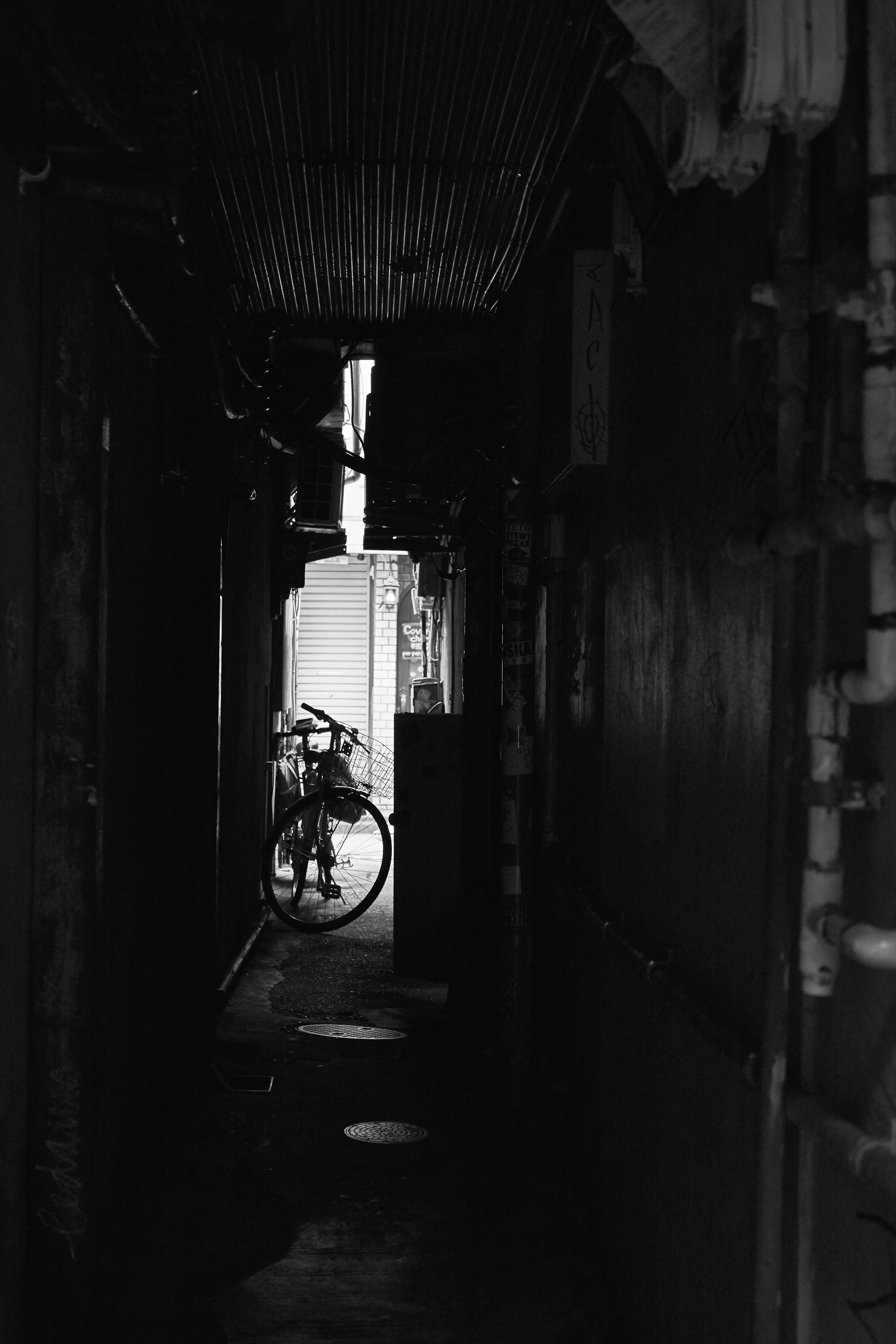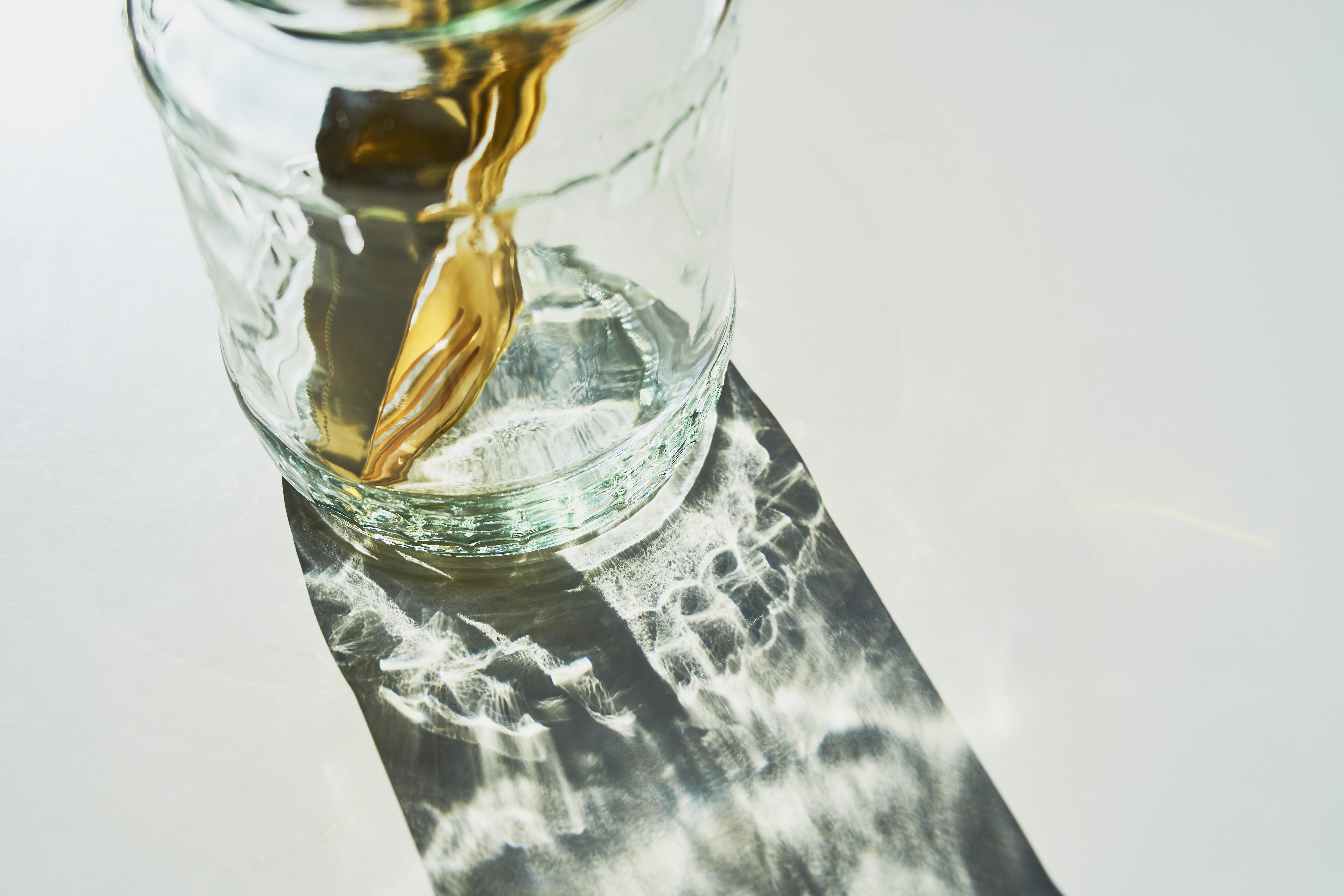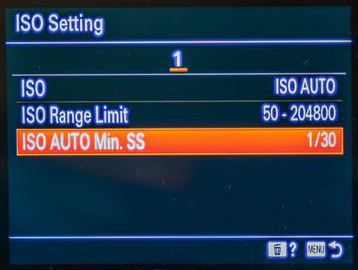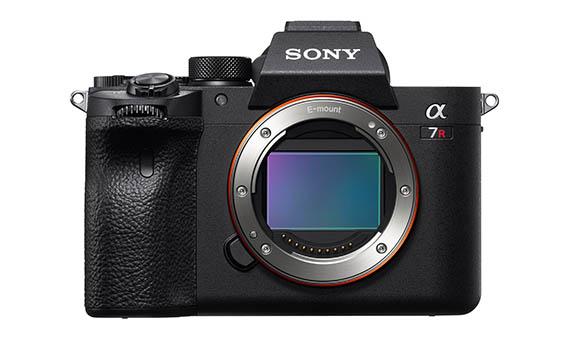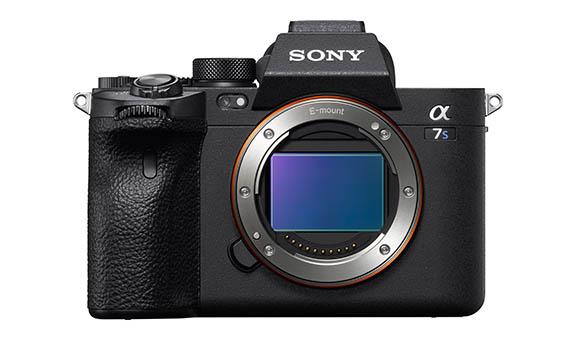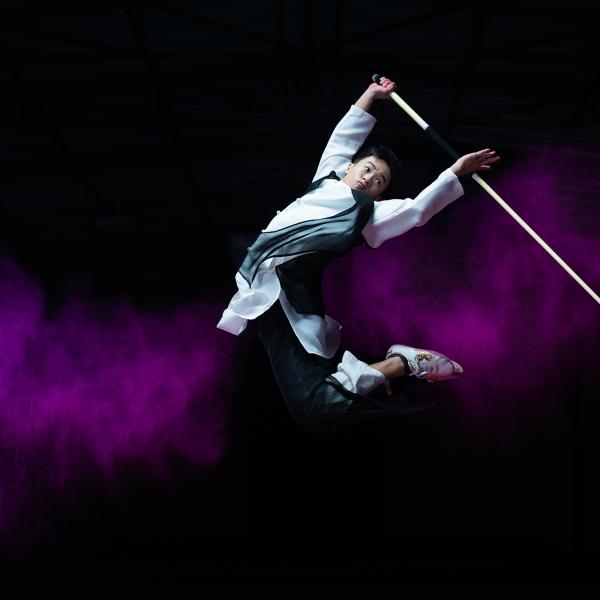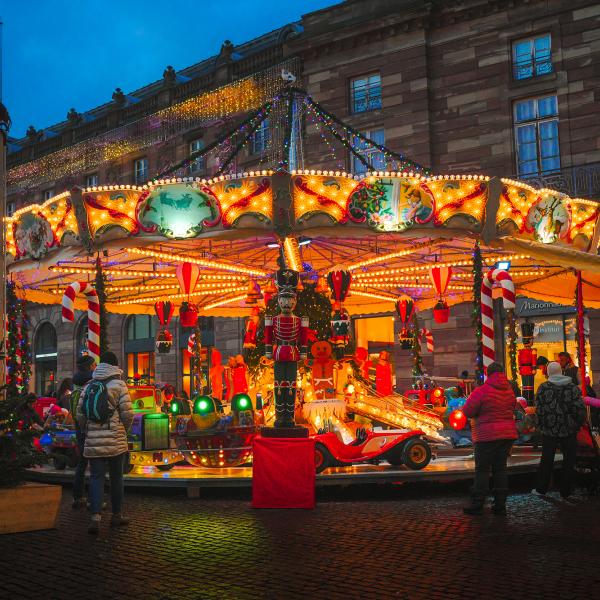Shooting Creative Dim Light Stills and Movies
Low-key lighting is a perfect tool to create more dramatic images. Not to be confused with low-lighting, low-key lighting utilises light to accentuate the shadows in your images and doesn’t have to be in low-lighting. If you’re looking to explore new aspects of shooting stills and films, low-key lighting is a great approach that can help create eye-catching visual aesthetics and tell captivating stories. Here are some tips to get you started on shooting creative low-key photos and videos.
What is low-key lighting?
Low-key lighting produces dim images or videos that highlight shadows and exaggerate contrast. Unlike high-key lighting which uses light in abundance, the objective of low-key lighting is to make your images moodier, as compared to high-key lighting which has brighter images and a lighter mood. Low-key lighting works exceptionally well in black and white photography and is commonly used to shoot portraits that convey dark and gloomy tones. It’s traditionally employed in film noir and is often used for narrative, dramatic or grim videos, drawing focus to serious subject matter or the narrative's more emotional, sinister side.
Equipment to shoot in low-key lighting
Possessing the right equipment is crucial before taking photographs in low-key lighting. Listed below are some of the essential equipment you might want to invest in prior to your first shoot.
1. You’ll need a full-frame camera to capture shots with less noise. We recommend the Alpha 7R IV or the Alpha 7S III. Adjusting the EV dial on these cameras will be able to give you high or low-key lighting, enabling you more creative freedom.
2. A lens with a maximum aperture of f/1.8 or lower provides optimal shooting results in low-key lighting. A lower aperture means more light is entering the camera, which is better for low-light scenarios to obtain more dynamic shots. We recommend the Sony 35mm f/1.4 or the 55mm f/1.8.
3. You’ll need a light source. You can use either a flash or natural light but be aware that the light on the flash can be too harsh. Typically, hard light is used to accomplish the desired outcome of low-key shooting and gives you greater control of your light source. Therefore, it’s essential to use a reflector or fill light to illuminate the shadow areas and control the contrast, or else you might end up with noisy, unusable shots.
4. A black or dark background is most effective when shooting low-key photos or videos since bright or light-coloured surroundings reflect light easily. You can further intensify the mood of your shot by getting your subject to wear plain dark clothing to keep the audience’s focus on the subject.
Camera settings for low-key shots
To achieve the best results when shooting in low-key lighting, you should try to set your ISO to as low as your camera can go. A low ISO will maintain your subject dark and remain noise-free. You can change your aperture by starting at a low f-stop, ideally, f/1.4 or f/1.8. Lastly, a fast shutter speed will allow less light to pass through your lens, and keep your shots nice and dark.
Shooting in dim lights can be arduous yet extremely rewarding at the same time. It’s pretty surprising how capturing photos or videos in the absence of light has been so underrated although it’s a magnificent way to capture the drama in pictures or make your scene moody and atmospheric. Once you master the technique of low-key lighting, you’ll realise that the creative world is your oyster. See you on the dark side.

